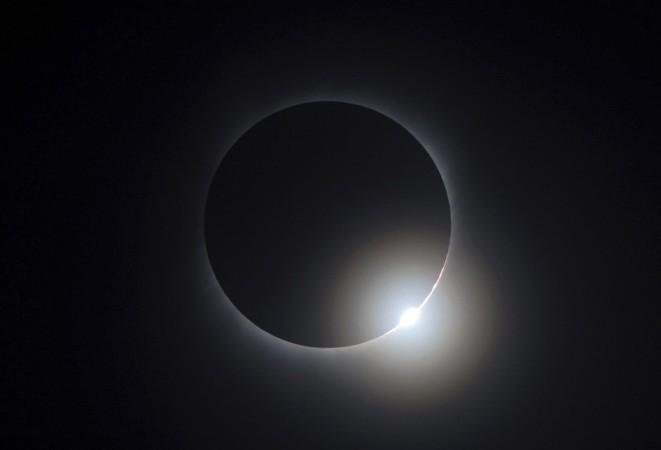
The first solar eclipse of the year and the only one visible from India in 2012 will occur on May 21 for a very short duration.
In India, only the northeastern states will witness the first solar eclipse, that too when the eclipse ends between 4.45 and 4.55 a.m. (IST). It will not be visible in any other parts of the country.
The annual solar eclipse can be seen worldwide from the region covering China, most of Russia, South East Asia, the Philippines, Indonesia, Hawaii, Arctic regions and North America except the easternmost part, according to the Planetary Society of India.
The eclipse will begin at 2.26 am and will end at 8.19 am as per Indian Standard Time and most of the northeastern states, where sun will rise around/after 4.41am, will see this celestial wonder for few minutes only.
The reason behind this is that India is situated in broader penumbral path of Moon's shadow (away from Central/Umbra path) which will result in producing partial solar eclipse for the viewers.
"The places which are situated near the periphery of the Moon's shadow that can see a glimpse of the partial eclipse are west-end of Sikkim, Darjeeling, Cooch Behar, Agartala, Shillong, Saidpur and Bogra," Professor (retired) R C Kapoor of Indian Institute of Astrophysics told Press Trust of India.
"And the best place to see the eclipse is Arunachal Pradesh," he added.
The partial and annular solar eclipse occurs when the Sun and the Moon are exactly in line, but the actual size of the Moon is smaller than that of the Sun. Therefore the Sun appears as a very bright annulus or ring surrounding the outline of the Moon and giving the form of a 'Ring of fire.'
The last visible annular eclipse in India occurred on January 15, 2010.










